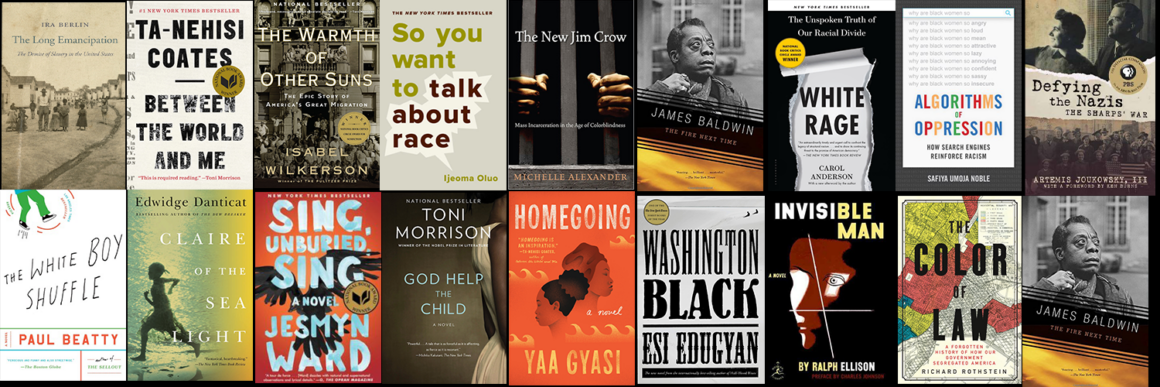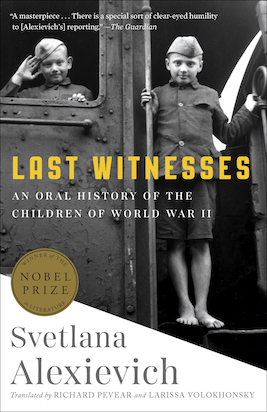

Purchase at Indiebound
The millstone in The Grind is professional baseball. The grain it grinds are the men and women who either play the game, are players’ wives, or have a specific role that makes the game possible. Of the ten chapters in The Grind, eight of them focus on one of these groups—veterans, wives, scouts, starters, relievers, the 26th man (players who move back and forth between the major leagues and minor leagues as needed), general managers, and the glue (those who manage the clubhouse, travel, and equipment).
Before the beginning of the 2014 season, The Washington Post gave Barry Svrluga, its national baseball correspondent, the latitude to broaden his focus from individual games to the stories of the men and women who make the games possible—the stories behind the story. After a season essentially embedded with the Washington Nationals, Svrluga published, first, a series of in-depth newspaper articles and, now, this book. Given Svrluga’s knowledge and love of baseball, combined with the time he committed to the project, The Grind will give you a peek into a world you likely know little about, even if you are a devoted baseball fan.
I was a lousy baseball player in high school, but one of my sons was a terrific player in high school and college and played two seasons with the Chillicothe Paints in the Frontier League. I’ve seen a lot of baseball games, but my eyes see so little of the game compared to my son’s, especially the myriad details of a pitch and swing of the bat—details that make the difference between a strike, grounder, line drive, or home run.
The Grind is not so much about such fine points of the game as it is played—though there is some of that. It is more about the toll the game takes on players, their families, scouts, managers, etc. The game takes its toll differently on each of the groups, but two factors dominate: lots of travel and, especially for the players, a 6-month, 162-game season. About half of the games are played at the home field and the other half are played on the road. Spring training begins in February in Arizona or Florida—yet another set of venues—and culminates in March with about 30 games in 30 days.
And then there’s the off-season, those months from October to January, when players live at home and prepare physically and mentally for the season ahead. A prime goal of off-season training is to put on muscle and get strong, because once the season starts, players will begin to lose muscle mass and strength and, for many of them, play with injuries. The Washington Nationals’ 2015 schedule included only 17 days (none of them back-to-back) without a game.
The grind that Svrluga describes also happens to some extent at all levels of baseball. In the 55 years since I played baseball and the 35 years or so since my son played baseball as a kid, the game for kids (9 years and up) has become a grind, albeit on a smaller scale. Boys and girls who are serious about baseball typically play on two teams (at least) during a season that begins in April and ends in October (in Pennsylvania, where I live). They may play up to 50 games during that time, many of them in weekend tournaments in which they play five games in two days. And, just as in professional baseball, the game requires a supporting cast—of parents, sibs, coaches, sponsors, personal trainers, and umpires.
Svrluga honed his writing skills as a newspaper reporter and knows how to tell a story tightly and brightly. Whatever your relationship to baseball or professional sports, you will appreciate this peek into the world of professional baseball. If you know a boy or girl who aspires to be a part of professional sports or just wants to know more about that world, consider giving them this book as a gift.






2 comments
I love books about baseball that reveal details about the game (or the context within which it’s played) that are invisible to all but those immersed in it as a lifeline and profession (not “just” a hobby). This sounds like a book I should check out. Thanks for the engaging review!
I look forward to reading this – thanks for letting us know about it – and thanks to cover2cover for your “daily grind” tomake avaialble authors and literature I otherwise would not learn about.